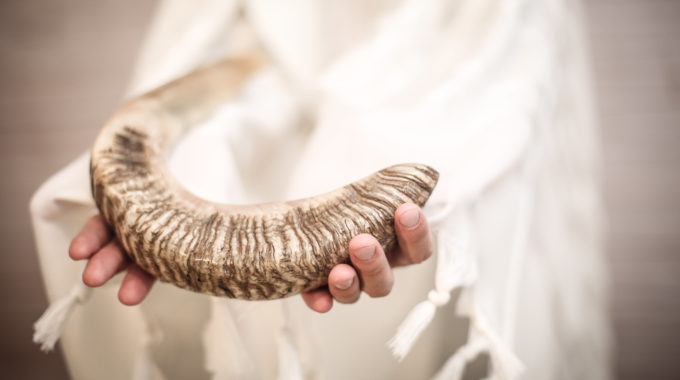Adapted from the writings of Dayan Yitzhak Grossman April 18, 2024 AP News reports: A…

Bais HaVaad on the Parsha, Parshas Behar-Bechukosai
On a Dilemma of the Horns
Excerpted and adapted from a shiur by Rav Moshe Yitzchok Weg
…On the Day of Atonement, you shall sound the shofar throughout your land.
Vayikra 25:9
In this pasuk, the Torah commands us to blow the shofar on Yom Kippur of the yovel year. According to the Mishnah (Rosh Hashanah 26b), shofar during yovel is like shofar on Rosh Hashanah regarding the tekiah and the brachos. Rashi explains that “tekiah” means that the shofar must be pashut (straight, not curved)[1] and “brachos” means that one recites nine brachos in Musaf as on Rosh Hashanah.
Rashi says the reason the shofar on Rosh Hashanah must be pashut is because the shofar represents tefilah, and as the Gemara explains, we want to approach Hashem in a straight manner. But the purpose of the yovel shofar, as Rashi himself notes, is to proclaim that servants are free and fields return to their original owners, so why would that shofar need to be straight?
Perhaps the answer is that although a shofar must be straight because of the tefilah element, straightness is therefore a defining characteristic of a shofar, making one that lacks it invalid even for yovel.
According to Rashi, it seems that the comparison between Rosh Hashanah and yovel applies only to fundamental aspects of shofar, but other elements of the mitzvah related strictly to tefilah or zikaron would not be required for yovel. In contrast, the Rambam writes that the shofar blowing of yovel must be the same as that of Rosh Hashanah in all respects.
[1] This opinion is not accepted as halacha. The halacha follows the view that shofaros should be curved.





